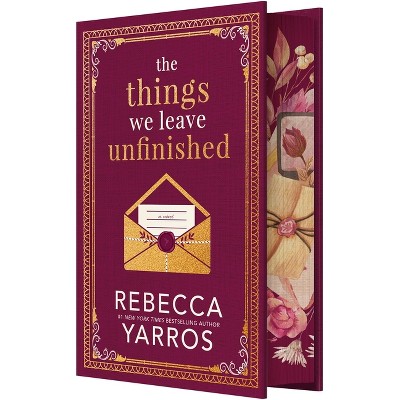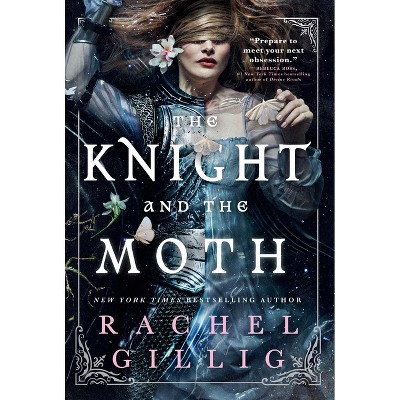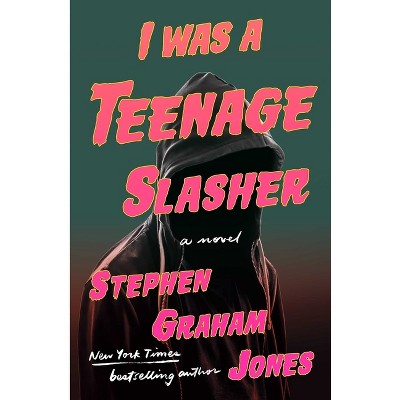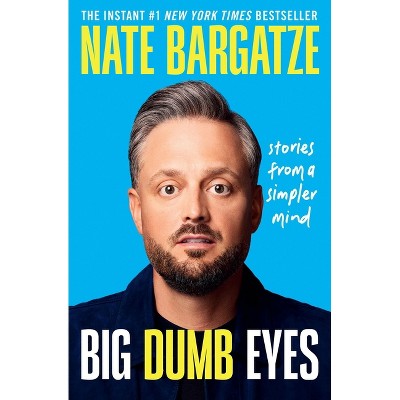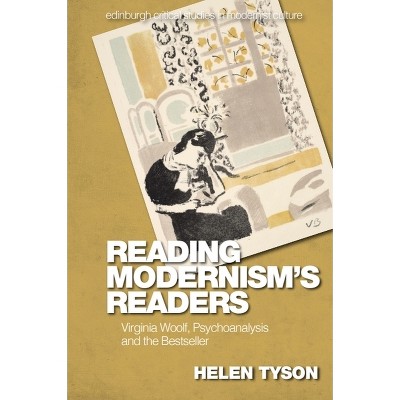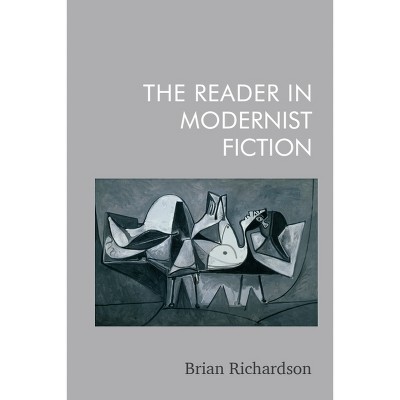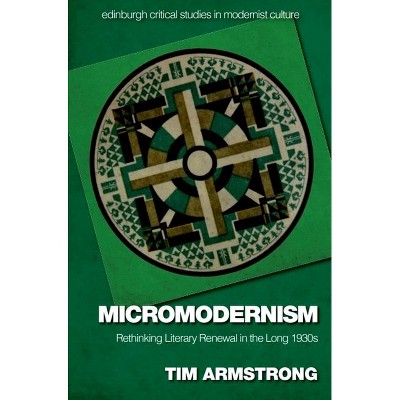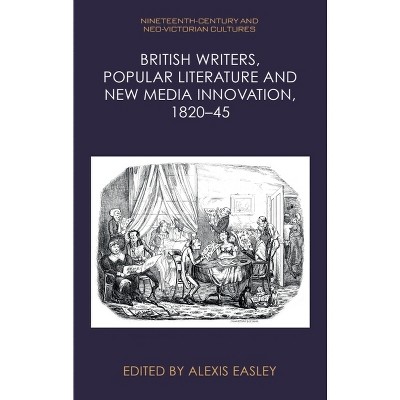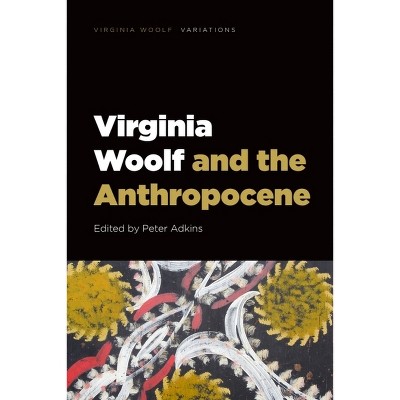About this item
Highlights
- Since the late twentieth century, new understandings of modernism have come with new attention to a range of writers.
- About the Author: Elizabeth Pender has taught English Literature at the Universities of Sydney and Cambridge.
- 256 Pages
- Literary Criticism, Modern
Description
About the Book
Considers relationships between modernist literature and literary criticism and argues that new modernist fiction can bring with it new modes of reading.Book Synopsis
Since the late twentieth century, new understandings of modernism have come with new attention to a range of writers. Yet if the academic study of modernism took shape around an older, narrower selection of writers and works, how can its modes of reading be relevant to newly recovered modernist writing? This book considers how close reading may change as the subjects of literary study change. Elizabeth Pender asks what reading meant for critics of modernist literature around 1930 and around 1960, and then what close reading might look like now for three new modernist novels. Djuna Barnes's Nightwood, John Rodker's Adolphe 1920 and Mina Loy's Insel tend to resist some of the strategies of reading that helped construct a narrowed modernist canon at mid-century, such as the pursuit of coherence. These novels offer new thinking about the temporality of reading, style, and the ethics of narration. Reading these novels now suggests that other new modernist fiction, too, may require revisions to vocabularies with which modernist literature has sometimes been read.From the Back Cover
Reconsiders the historical connections between modernism and close reading and argues that new modernist fiction can bring with it new modes of reading- Brings close reading into the new modernist studies
- Considers the changing meanings of reading among contemporary critics of modernist fiction and among mid-century critics
- Offers sustained readings of three new modernist novels: Djuna Barnes's Nightwood, John Rodker's Adolphe 1920, and Mina Loy's Insel
- Considers how these novels present their literary, cultural, and social contexts to close reading
- Extends the book's questions to Samuel Beckett's Comment c'est/How It Is and Jean Rhys's short stories
The new modernist studies have recognised a range of writers, many of whom are now receiving new attention in criticism and teaching. Yet if an older modernist studies was developed for a different, narrower selection of literary works, how can its tools be brought to this new, widened canon? This book considers how close reading may change as the discipline's subjects of study change. The chapters ask first how modernism was being read around 1930 and at mid-century, and then what close reading might look like now for three new modernist novels -- Djuna Barnes's Nightwood, John Rodker's Adolphe 1920, and Mina Loy's Insel. These novels tend to deflect strategies of reading that were interdependent with the establishment of a more familiar canon of modernist literature at mid-century. Reading this new modernist fiction closely offers a way to open up modernism to other voices.
Review Quotes
Elizabeth Pender's splendid close readings show how the novels of Barnes, Loy and Rodker express an oblique relation to the "canonical" modernism from which they emerged. Prizing style above structure and using allusion to create poetic density rather than to celebrate tradition, these "new modernists" propose exciting new ways to read twentieth-century fiction.--Peter Nicholls, New York University
About the Author
Elizabeth Pender has taught English Literature at the Universities of Sydney and Cambridge. With Cathryn Setz, she co-edited Shattered Objects: Djuna Barnes's Modernism (2019). Her articles have appeared in Modernism/modernity and Critical Quarterly.
Shipping details
Return details
Trending Book Pre-Orders
